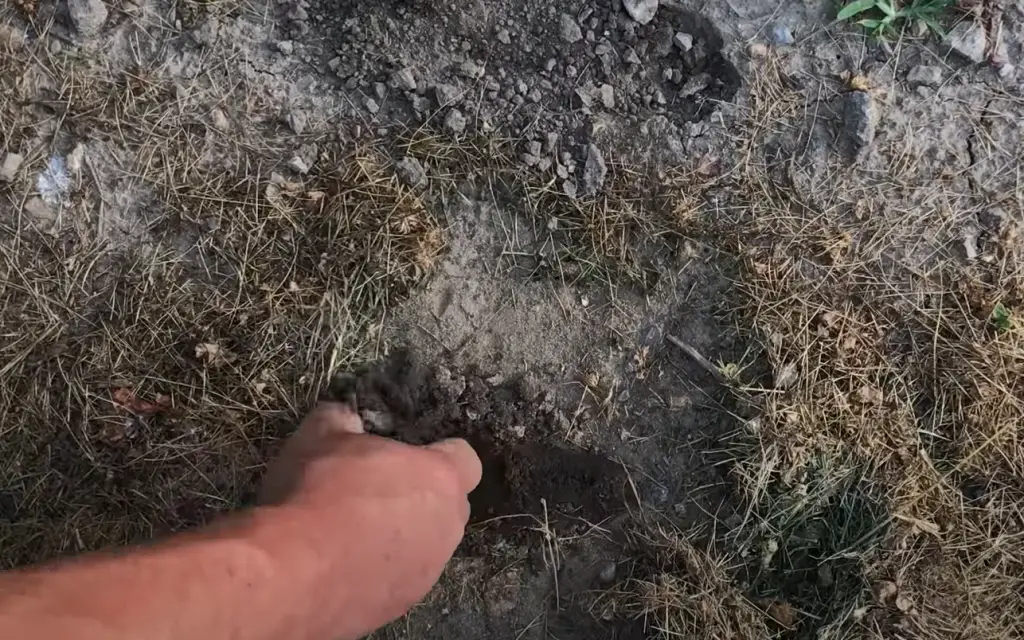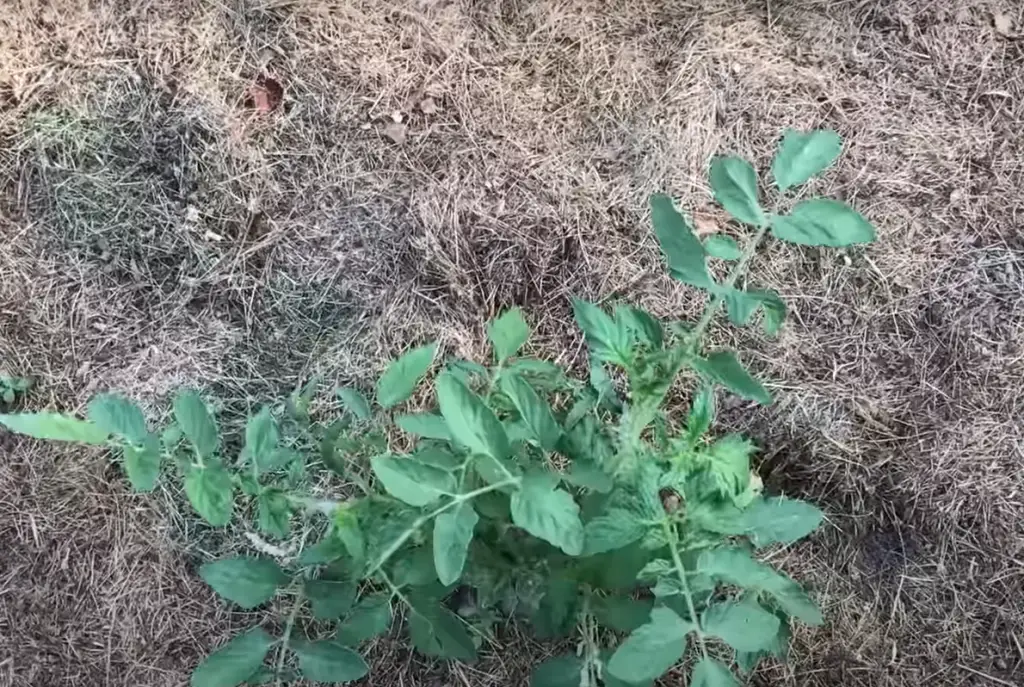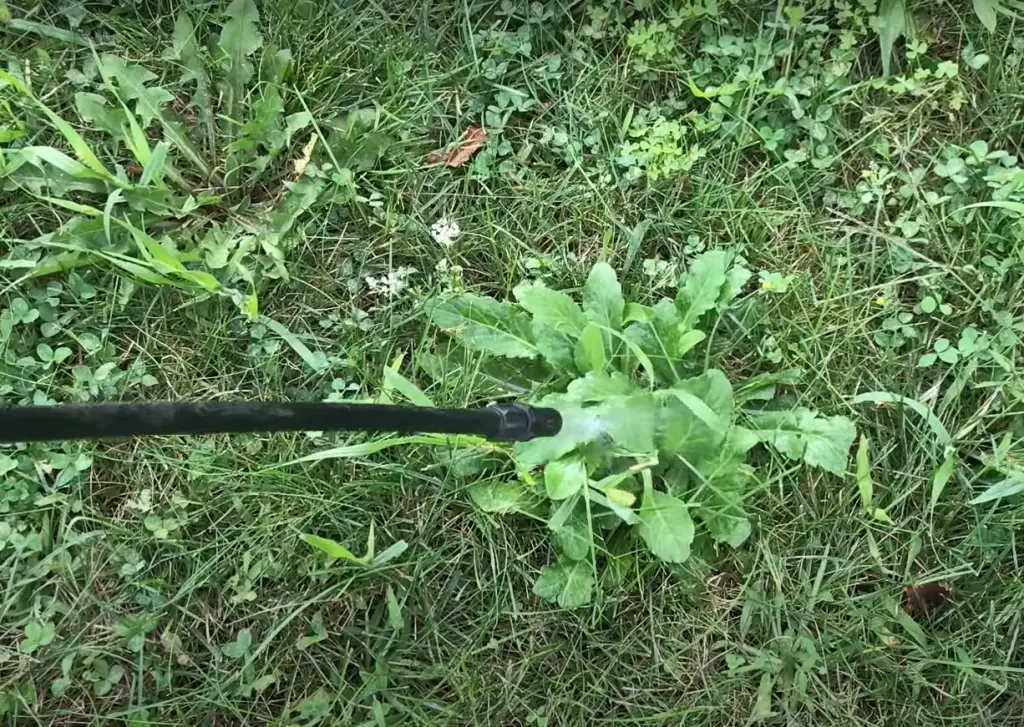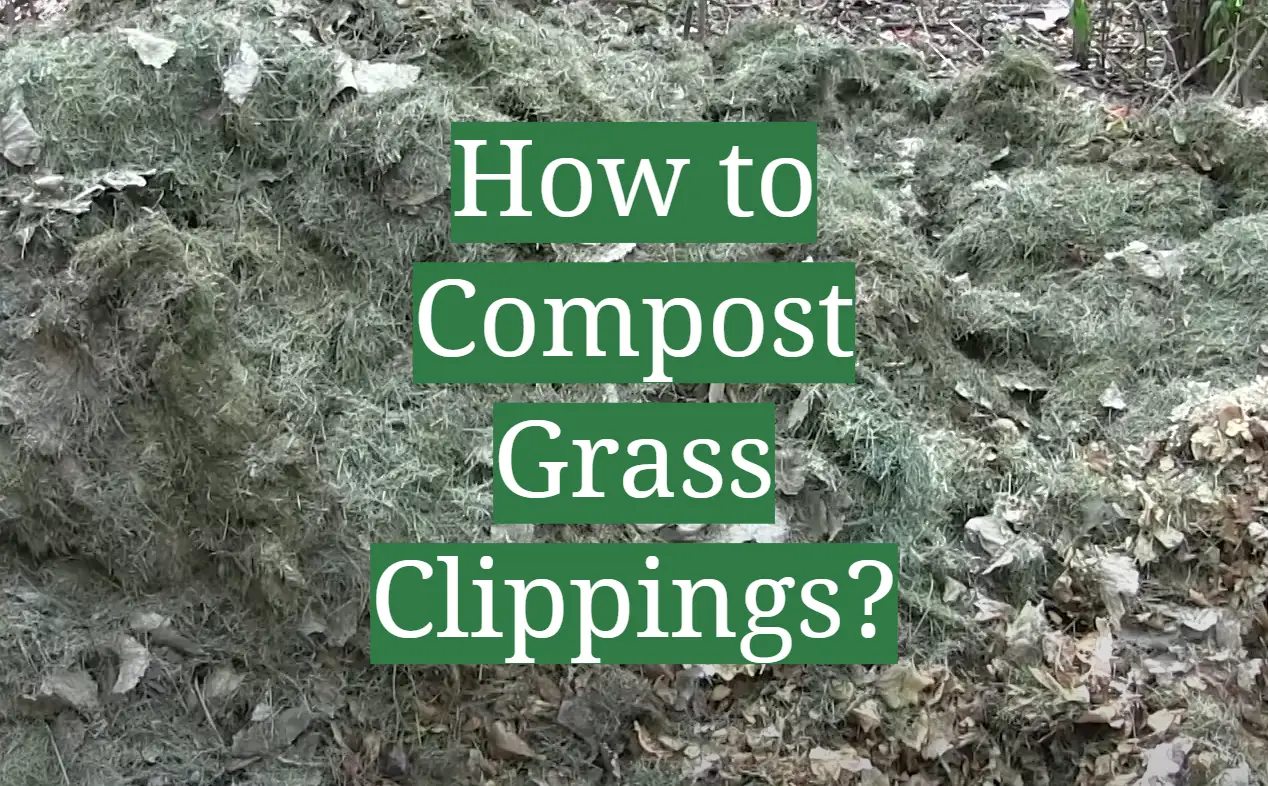Composting is an eco-friendly and inexpensive way to improve your garden’s soil health, reduce weed growth, save money on fertilizers and other soil amendments. One of the most fruitful composting materials available are grass clippings—one of the few grass or lawn waste products that offer immediate benefits when added to a compost pile. Yet despite the great advantages associated with adding grass clippings to a compost pile, many find it difficult knowing just how best to go about it! In this blog post, we’ll provide useful tips for getting your outdoor space ready and also explain step by step how you can easily convert those pesky grass clippings into nutrient-rich goodness that will make your plants grow healthier and stronger than ever before. You don’t want to miss out!
What Are Grass Clippings?
Grass clippings are one of the most common byproducts of lawn care. Once you mow your lawn, the clippings are the leftover pieces of grass that accumulate underneath the lawn mower.
They can be loaded with nutrients such as nitrogen that can be particularly beneficial to plants. What’s amazing about grass clippings is that they can be used for various uses, including mulch, fertilizer, and compost.
Because of their many uses, grass clippings have become a popular solution for homeowners looking to maintain a healthy, eco-friendly lawn. [1]
What is Composting?
Composting is the process of breaking down organic materials to create a nutrient-rich soil amendment. [2] This can be done by mixing together yard waste, food scraps, and other organic matter and allowing it to decompose over time. The resulting compost can be added to gardens or used in agriculture to improve soil health and support plant growth. Composting is a natural and sustainable way to recycle organic waste and return nutrients to the soil. By keeping food and yard waste out of landfills, composting also helps to reduce greenhouse gas emissions and create a healthier environment.
Why is Composting Important?
Composting is important for a few reasons. First, it helps to reduce the amount of waste going into landfills by breaking down organic materials into nutrient-rich soil amendments that can be used in gardens or agriculture. This not only reduces greenhouse gas emissions but also saves money on fertilizers and other soil amendments.
Compost helps to aerate soil, retain water, and add essential nutrients such as nitrogen. It can even help reduce weed growth by improving the soil structure and suppressing weed germination. [3]Why Compost Grass Clippings?
Composting grass clippings is an excellent way to recycle the nutrients in your lawn back into the soil. Grass clippings contain nitrogen, potassium, and phosphorus—all of which are essential for healthy plant growth. [4] Plus, composting grass clippings reduces the amount of green waste that would otherwise end up in landfills and incinerators. Composting also helps suppress weeds and pests while improving soil structure and providing nutrients for plants.
What to Know Before Composting Lawn Grass
Before you start composting grass clippings, there are a few important things to keep in mind.
- Make sure that your grass clippings are free from chemicals and fertilizers. Composting lawns that have been treated with chemical fertilizers or herbicides can contaminate the compost pile and render it unusable.
- To ensure successful composting, you will need to maintain a balanced carbon-to-nitrogen ratio in your compost pile. Grass clippings are high in nitrogen, so you will need to add some high carbon materials such as leaves, shredded paper, sawdust, or wood chips to balance out the mix.
- You should also make sure that your grass is cut at an appropriate length for composting—longer blades of grass take longer to decompose than shorter ones.
- Finally, you will need to keep your compost pile moist so that the microorganisms can break down the material.
How to Compost Grass Clippings
Once you’ve taken the steps to prepare your grass clippings for composting, it’s time to start the process.

Here are the simple steps you need to take in order to turn those pesky clippings into nutrient-rich compost:
- Set up your compost bin in a sunny spot with good airflow.
- Start by adding a layer of high carbon material such as leaves or straw, then add an inch or two of grass clippings on top.
- Continue alternating layers of high carbon and nitrogen materials until your pile is about three feet tall.
- Moisten each layer as you go and mix everything together using a shovel or garden fork every few layers.
- Cover the pile with a tarp or cover and let it sit for 4-6 weeks, mixing every few days to ensure that air is able to reach all parts of the compost pile.
When your compost is dark and crumbly, it’s ready to be used in your garden!
By following these simple steps, you can easily turn those pesky grass clippings into nutrient-rich goodness for your garden and lawn.
How to Make the Decomposition Process Faster?
If you’re looking for ways to speed up the composting process, here are a few tips that can help:
- Chop or shred your materials into smaller pieces. This will increase the surface area of the material and make it easier for microorganisms to break down.
- Add extra nitrogen sources such as manure or blood meal to accelerate decomposition.
- Keep your compost pile warm by covering it with a tarp or plastic sheeting and making sure that it is in an area that receives plenty of sunlight.
- Make sure that your compost pile is damp but not wet—too much moisture will slow down the decomposition process while too little will cause it to stall altogether.
- Mix your compost pile frequently to ensure that air is able to reach all parts of the pile and keep everything decomposing evenly. [5] You can accelerate the composting process and transform your grass clippings into nutrient-rich compost quickly by using these tips.
How To Make A Compost Bin For Grass Clippings?
Making your own compost bin for grass clippings is an easy and inexpensive way to start composting. All you need is a few basic materials, some tools, and a bit of time. Here is what you will need:
- Materials – Wire mesh or hardware cloth, wooden boards, screws/nails/bolts, plastic sheeting
- Tools – Hammer, drill with bits, wire cutters
- Time – 1-2 hours

Once you have gathered all the required materials and tools, follow these simple steps to build your own compost bin for grass clippings:
- Cut your pieces of wire mesh or hardware cloth into four equal rectangles that are slightly larger than the size of your bin.
- Measure and cut the wooden boards to form the sides, top, and bottom of your bin. Make sure that you leave enough room on all sides for ventilation.
- Use screws, nails, or bolts to assemble the four pieces of wire mesh into a box shape and attach it to the wooden boards.
- Cut a piece of plastic sheeting large enough to cover the top of your compost bin and secure it with nails or staples around the edges.
- Place your compost bin in an area that receives plenty of sunlight and is not prone to flooding or drainage issues.
By following these steps, you can easily create your own compost bin for grass clippings and start reaping the benefits of composting! Not only will you be helping to reduce waste going to landfills, but you’ll be providing your garden and lawn with nutrients that will help them thrive.
Tips For Getting The Most Out Of Grass Clipping
Mulch
- Start by mowing regularly so that grass clippings are short and easy to spread.
- Collect the clippings from your mower bag and store them in a container until you’re ready to mulch.
- Use the collected clippings as soon as possible; fresh clippings break down faster than dried out ones, providing more nutrients for plants.
- Make sure to evenly spread the mulch around your garden beds and lawns for best results.
- Avoid piling up thick layers of grass clipping mulch, as this will prevent water and air from reaching the soil below.
- If you have dense patches, rake the area lightly before adding a thin layer of mulch.
Composting
- Separate the smaller grass clippings from the larger ones, as these will break down more quickly.
- Layer different organic materials such as leaves and kitchen scraps in your compost pile for best results.
- Be sure to add enough nitrogen and carbon sources to ensure a healthy breakdown of the material.
- Turn your compost pile frequently with a shovel or pitchfork to mix and aerate it. This will help speed up the decomposition process.
- You can also use a tumbling composter for an easier way to turn your compost pile without having to manually do it every time.
- When finished, spread the compost around plants in your garden beds or lawns for a natural fertilizer.
Using in Garden Beds
- Collect grass clippings and use them as a top layer on your garden beds.
- This will help keep soil moist, prevent weeds from growing, and add nutrients to the soil.
- Be sure not to pile up too thick of a layer; about two inches is enough for keeping the soil healthy.
- If you are using grass clipping mulch, rake the area lightly before applying a thin layer to ensure even distribution.
- Avoid using fresh or wet grass clippings directly onto plants as this can cause burning or damage to sensitive foliage. Instead, wait until they have dried out before applying them around plants.
- Be sure to replenish the layer of grass clippings mulch every few weeks or months to keep soil healthy and weed-free.
Using in the Lawn
- Collect grass clippings and spread them evenly across your lawn after mowing.
- This will provide nutrients to the soil and help keep the grass healthy.
- Avoid piling up thick layers of clipping, as this can prevent water and air from reaching the soil.
- If you have multiple layers of grass clipping, rake them lightly before spreading for even distribution.
- Be sure to replenish the layer of clippings regularly for best results.
- Use a mulching lawn mower, if you have one, to save time and energy as these mowers are designed to chop the grass clippings into smaller pieces that can be easily spread across the lawn.
- If you don’t have a mulching lawn mower, collect the clippings with a bag and spread them evenly on the lawn.
- Be sure not to pile up grass clipping too thickly, as this will prevent air and water from reaching the soil below.
- Stick to light layers of grass clipping for best results.
- Use fresh clippings whenever possible, as these will break down faster and provide more nutrients to the lawn.
- If you’re using dried out clippings, be sure to rake the area lightly before applying for even distribution.
- Replenish the layer of grass clipping mulch regularly to keep your lawn healthy and weed-free.

These are some tips for getting the most out of grass clippings.
FAQ
Can You Compost Just Grass Clippings?
Yes, you can compost just grass clippings.
How Long Does It Take for Grass Cuttings to Compost?
The amount of time it takes for grass cuttings to compost can vary depending on factors such as the size of the material, temperature, and moisture. In general, it can take anywhere from 4-6 weeks for grass clippings to fully decompose. However, if you’re looking for ways to speed up the process, try chopping or shredding your materials into smaller pieces before adding them to the pile. Additionally, adding extra nitrogen sources such as manure or blood meal and covering with a tarp or plastic sheeting can help accelerate decomposition. Ultimately, when your compost is dark and crumbly it’s ready to be used in your garden!
How Do You Decompose Grass Clippings Fast?
If you’re looking for ways to decompose grass clippings faster, try adding extra nitrogen sources such as manure or blood meal and covering with a tarp or plastic sheeting to help retain moisture and heat. Additionally, chopping or shredding your materials into smaller pieces can also speed up the process.
Do Grass Clippings Add Nitrogen to Soil?
Yes, grass clippings can add nitrogen to the soil. Since grass is a green material, it contains high levels of nitrogen which helps to promote plant growth and improve soil fertility. Additionally, when grass clippings are composted they break down into organic matter which further releases nutrients such as nitrogen, phosphorus, and potassium into the soil. So, adding grass clippings to your garden or lawn will not only help improve the structure of your soil but also give your plants an added boost of essential nutrients! Thus, composting your grass clippings is a great way to give back to the earth while creating healthy and productive soils.
Is Compost Better Than Topsoil?
Compost is an organic material that consists of decomposed plant and animal material. It is a great soil amendment as it helps to improve structure, aeration, and drainage of soil. Additionally, it adds essential nutrients such as nitrogen, phosphorus, and potassium which helps to promote plant growth. Topsoil, on the other hand, is an unprocessed soil that has not been enriched with extra organic matter.

Therefore, it does not contain the same beneficial nutrients and minerals that are found in compost. So, when it comes to which one is better, compost definitely has the upper hand as it is more nutrient-rich and provides more benefits for plants in the garden!
How Often Should You Compost Grass?
Ideally, you should compost grass clippings every 3-4 weeks. This will ensure that the material is broken down quickly and efficiently and that it does not become smelly or attract pests. Additionally, when adding new material to the compost pile, try to maintain a balanced carbon-to-nitrogen ratio by adding high carbon materials such as leaves, shredded paper, or sawdust along with your grass clippings. Finally, make sure that all of your materials are free from chemicals before adding them to the pile and keep the compost moist but not wet—too much moisture will slow down decomposition while too little can cause it to stall altogether.
Useful Video: How to Make Perfect Compost From Grass Clippings From Start to Finish
Conclusions
Composting is a great way to reduce your environmental footprint, save money, and improve the soil health of your garden. Using grass clippings as composting materials is an excellent way to get more bang for your buck! To get started with composting, the first step is to set up a compost at home. Then simply collect as many grass clippings as possible and stir them into the pile regularly. By following these steps—and staying consistent—you’ll be well on your way to enjoying the many advantages associated with using grass clippings for composting! Taking small steps towards more sustainable living is increasingly important in this day and age, so don’t miss out on this opportunity to do your part for the environment.
References:
- https://blog.nutrilawn.com/benefits-of-grass-clippings
- https://www.authenticspoon.com/blogs/news/composting-on-a-budget-how-to-create-a-nutrient-rich-soil-amendment-for-under-11
- https://www.growingwithnature.org/add-nitrogen-to-your-garden-soil/#:~:text=The%20compost%20will%20slowly%20release,increase%20along%20with%20organic%20material.
- https://www.lawndoctor.com/blog/grass-clippings-for-lawns/
- https://www.fertilizer-machine.com/solution/turning-compost-pile-to-compost.html#:~:text=%E2%80%94Compost%20turning%20speeds%20up%20the%20composting%20process&text=By%20turning%20more%20frequently%20(about,pile%20every%204%2D5%20weeks.










Leave a Reply
View Comments